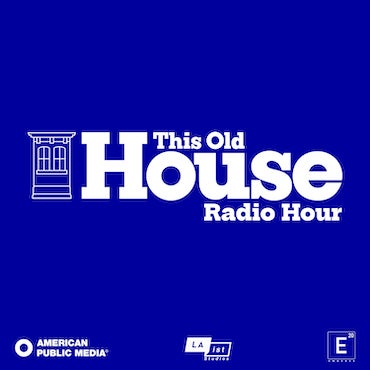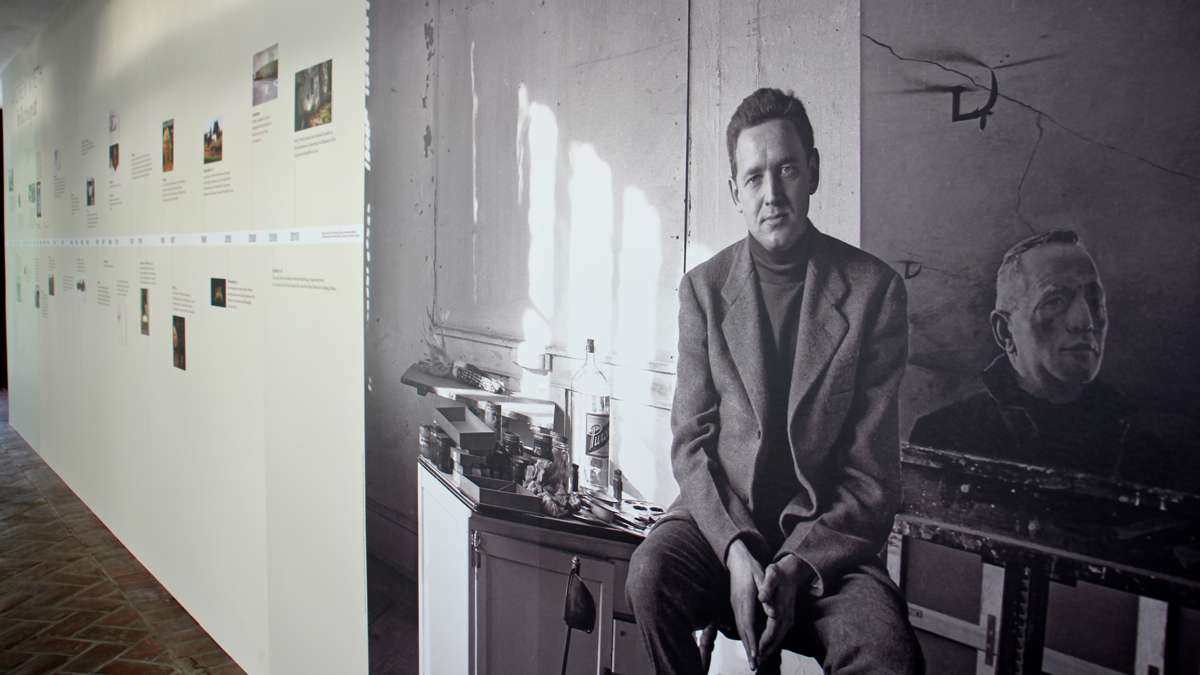Brandywine art museum opens largest Wyeth exhibit to date
The artist Andrew Wyeth would have been 100 years old July 12. To mark the occasion, the U.S. Post Office will release a postage stamp in his honor, and the Brandywine River Museum in Chadds Ford, Pennsylvania, is opening the largest exhibition of Wyeth’s work, to date.
The Brandywine co-curated “Andrew Wyeth: In Retrospect” with the Seattle Art Museum, where the show will travel after it closes in September. With 106 works, it is the largest Wyeth show in memory, featuring paintings from private collections that have never been seen in America.
“Thin Ice” (1969), borrowed for the first time from a Japanese collection, depicts exquisitely rendered fallen leaves trapped in translucent ice. It is an example of how Wyeth could be simultaneously realist and abstract on the same canvas: the viewer’s eye moves across the image like a Jackson Pollock.
There are mysteries buried in Andrew Wyeth’s work. His pictures of rural farm life in Delaware Valley and Maine, often rendered in plain earth tones, seem simple; he was criticized early in his career for being nostalgic. What is depicted in his pictures is clear, what they mean is not.
“He knows people are drawn to realism, and come away with their own interpretation,” said curator Audrey Lewis. “You get a sense of it, even if you don’t know what is happening. “
Lewis has put together a chronological exhibition, from watercolors Wyeth made in his 20s to the final painting he made in his 90s. The huge show taking up two gallery floors at the Brandywine, making the case that his extraordinarily long and successful career hinged primarily on two events: the sudden death of his father in a car accident in 1945, infusing his subsequent work with a sense of mortality; and a movie.
When Wyeth was eight years old, his father – the great artist N.C. Wyeth – took him into Wilmington to watch “The Big Parade,” a World War I drama. It was 1925, and the film by King Vidor was the year’s most popular movie.
Wyeth kept returning to “The Big Parade” his entire life. He owned a set of film reels so he could screen them in his house whenever he liked.
“He probably saw it 500 times in his lifetime,” said Henry Adams, a professor of art history at Case Western Reserve University in Cleveland. “I think ‘The Big Parade’ was connected to the trauma of Wyeth’s life. What’s wonderful was that rather than getting stuck with a repetitive behavior, he was continuously rethinking and reinterpreting this movie.”
Conscious or not, Wyeth channeled the movie into many of his paintings, including his most famous work, “Christina’s World,” which looks like the final scene of “The Big Parade.” Christina, looking up the hill, was painted from the perspective of what would have been the graveyard where her family members were buried, a narrative detail not signaled by anything in the image.
That same hill appears in “Winter, 1946” depicting a distraught boy in a winter cap running down. It has been suggested that the hill also resembles the one overlooking the site where Wyeth father was hit by a passing train, killing him his grandson (Wyeth’s nephew).
“Public Sale,” depicting the auction of a farm and its implements in Lancaster, has a fresh trench in the foreground rutted by truck tires, somewhat resembling the WWI battlefields in France seen in “The Big Parade.”
All the personal references in Wyeth paintings infuse them with a richness that is hard to pin down.
“He can make a sketch of an ordinary object – a bucket or a bunch of shells – and he brings a very intense emotion,” said Adams. “This is something other painters don’t seem to be able to do.”
Like Wyeth’s work, “The Big Parade” is notable for its realism. Soldiers were dirty, didn’t wear makeup, wore tattered clothes; all qualities abhorrent to Hollywood films. Vidor gave it an emotional honesty: war was not heroic, combat not glamourized. The realism is underpinned by visual metaphors.
In 1975 Andrew Wyeth sent Vidor a letter, telling him how much “The Big Parade” meant to him. The gushing letter was basically fan mail, written by one of America’s most popular fine artists.
So Vidor, at 86 years old, flew out from California to pay Wyeth a visit in rural Pennsylvania.
He turned his visit to Chadds Ford into a half-hour documentary, “Metaphor,” a filmed conversation between Vidor and Wyeth.
“This film made such a deep impression on me that it got into my bloodstream,” Wyeth told Vidor in his farmhouse. “It’s had an influence on me that’s- it’s hard for me to- it’s just natural to me.”
“It’s a mood,” offered Vidor.
The two, accompanied by Wyeth wife, Betsy, spent time rattling off paintings touched by “The Big Parade,” like “The Patriot” (1964), a portrait of WWI veteran Ralph Cline, wearing on his chest a sharpshooter medal, sharply painted. He explained that he didn’t realize at the time why he wanted to paint that medal so clearly, until much later remembering that the same medal appeared in “The Big Parade.”
“Today with all of our speed of living, traveling and all the things we have to distract us, I think we’ve lost the capacity to dream and have things soak in,” Wyeth told Vidor, sitting by the farmhouse fireplace. “That’s why I feel very strongly about silent films. They give a chance to dream while you look at them. Today we’re almost told too much.”
WHYY is your source for fact-based, in-depth journalism and information. As a nonprofit organization, we rely on financial support from readers like you. Please give today.
















